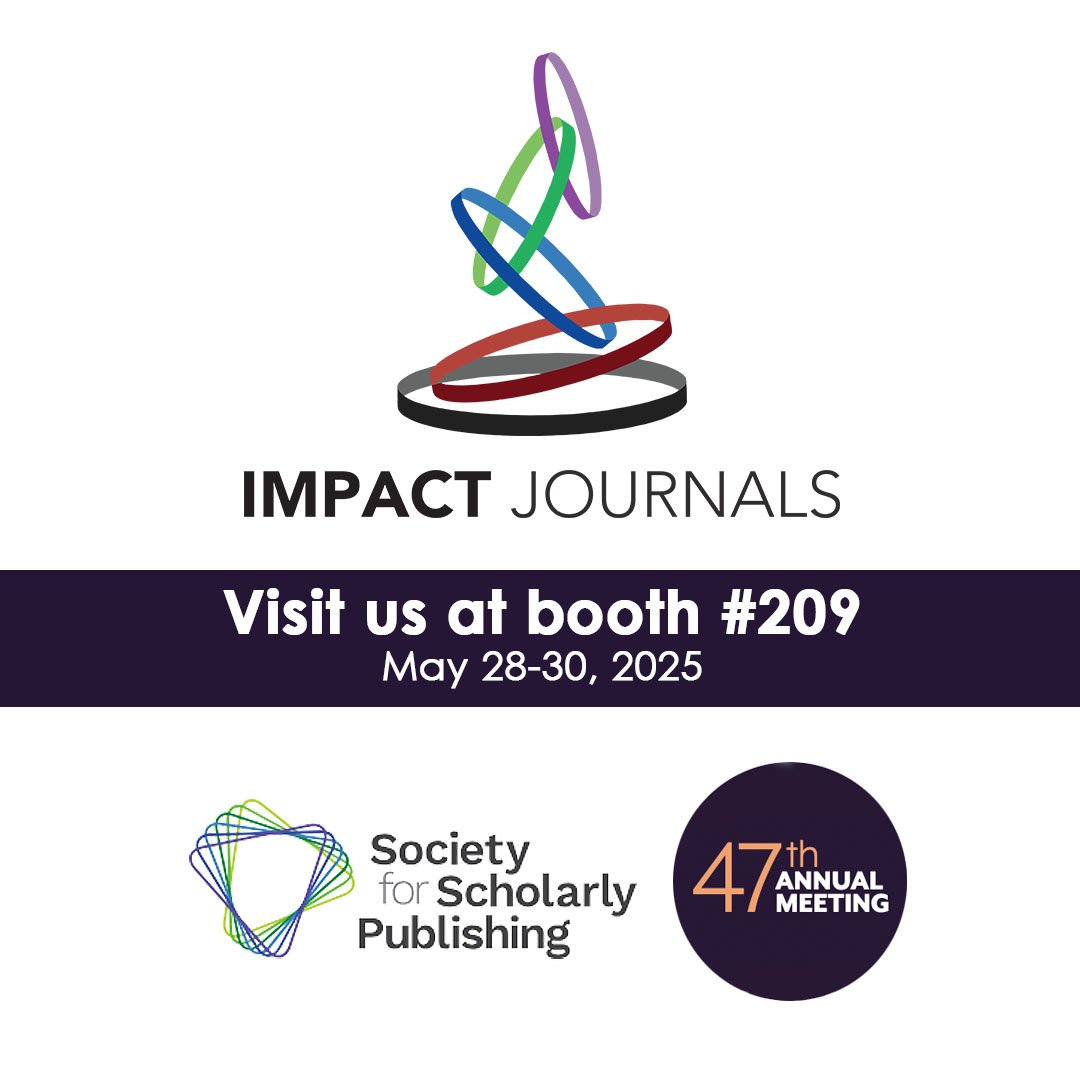Research Papers:
MED15 overexpression in prostate cancer arises during androgen deprivation therapy via PI3K/mTOR signaling
PDF | HTML | Supplementary Files | How to cite
Metrics: PDF 2802 views | HTML 3475 views | ?
Abstract
Anne Offermann1,*, Ignacija Vlasic1,*, Isabella Syring2,6,7, Wenzel Vogel1, Christian Ruiz3, Tobias Zellweger4, Cyrill A. Rentsch5, Susanne Hagedorn1, Jochen Behrends8, Michael Nowak6,7, Axel Merseburger9, Lukas Bubendorf3, Jutta Kirfel7, Stefan Duensing10, David Adler1,*, Sven Perner1,*
1Pathology of the University Medical Center Schleswig-Holstein, Campus Luebeck and Research Center Borstel, Leibniz Center for Medicine and Biosciences, Borstel, Germany
2Department of Urology, University Hospital Bonn, Bonn, Germany
3Institute for Pathology, University Hospital Basel, Basel, Switzerland
4Department of Urology, St. Claraspital, Basel, Switzerland
5Department of Urology, University Hospital Basel, Basel, Switzerland
6Section of Prostate Cancer Research, Center for Integrated Oncology Cologne/Bonn, University Hospital of Bonn, Bonn, Germany
7Institute of Pathology, Center for Integrated Oncology Cologne/Bonn, University Hospital of Bonn, Bonn, Germany
8Core Facility Fluorescence Cytometry, Research Center Borstel, Leibniz Center for Medicine and Biosciences, Borstel, Germany
9Department of Urology, University Hospital Luebeck, Luebeck, Germany
10Section of Molecular Urooncology, Department of Urology, University of Heidelberg School of Medicine, Heidelberg, Germany
*These authors have contributed equally
to this workCorrespondence to:
Sven Perner, email: sven.perner@uksh.de
Keywords: mediator complex, MED15, castration-resistant prostate cancer, androgen deprivation, PI3 kinase
Received: April 15, 2016 Accepted: November 21, 2016 Published: December 10, 2016
ABSTRACT
Androgen deprivation therapy (ADT) is the main therapeutic option for advanced prostate cancer (PCa). After initial regression, most tumors develop into castration-resistant PCa (CRPC). Previously, we found the Mediator complex subunit MED15 to be overexpressed in CRPC and to correlate with clinical outcome. Therefore, we investigated whether MED15 is implicated in the signaling changes taking place during progression to CRPC. Immunohistochemistry (IHC) for MED15 on matched samples from the same patients before and after ADT reveals significantly increased MED15 expression after ADT in 72%. A validation cohort comprising samples before and after therapy confirmed our observations. Protein analysis for pAKT and pSMAD3 shows that MED15 correlates with PI3K and TGFß activities, respectively, and that hyper-activation of both pathways simultaneously correlates with highest levels of MED15. We further show that MED15 protein expression increases in LNCaP cells under androgen deprivation, and via EGF mediated PI3K activation. PI3K/mTOR and TGFß-receptor inhibition results in decreased MED15 expression. MED15 knockdown reduces LNCaP cell viability and induces apoptosis during androgen deprivation, while cell cycle is not affected. Collectively, MED15 overexpression arises during ADT via hyper-activation of PI3K/mTOR signaling, thus MED15 may serve as a predictive marker for response to PI3K/mTOR inhibitors. Furthermore, MED15 is potentially a therapeutic target for the treatment of CRPC.
 All site content, except where otherwise noted, is licensed under a Creative Commons Attribution 4.0 License.
All site content, except where otherwise noted, is licensed under a Creative Commons Attribution 4.0 License.
PII: 13860

